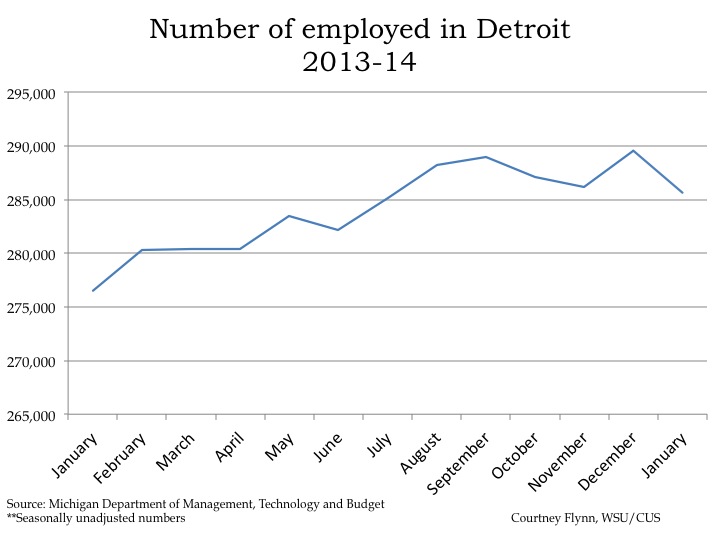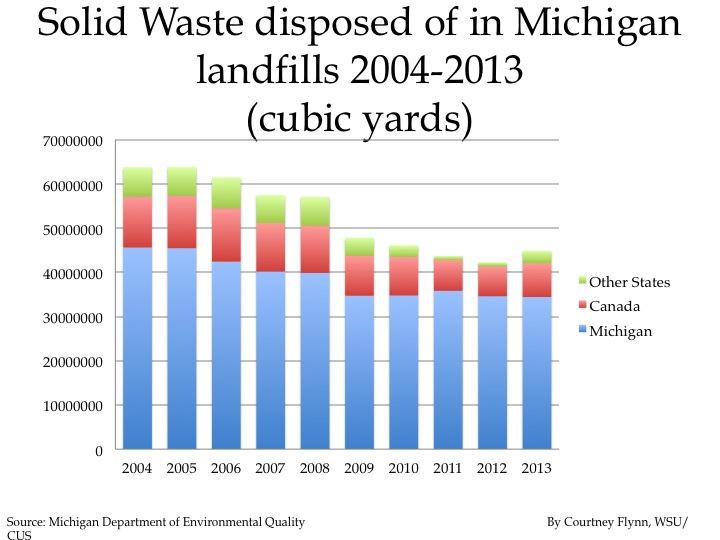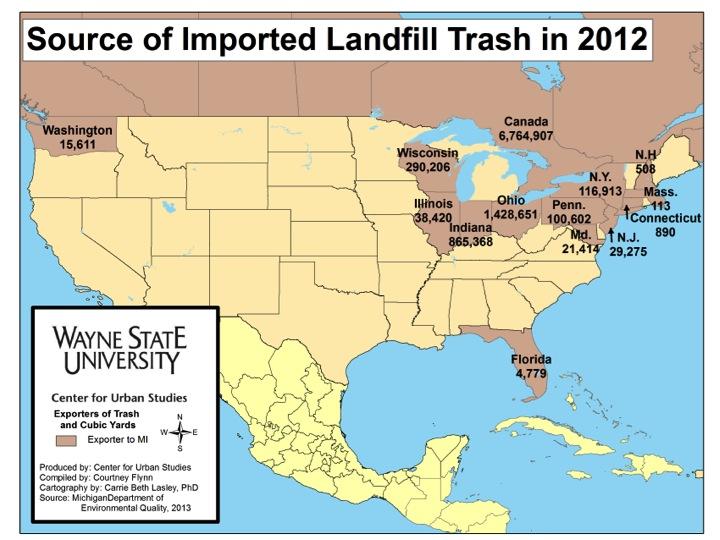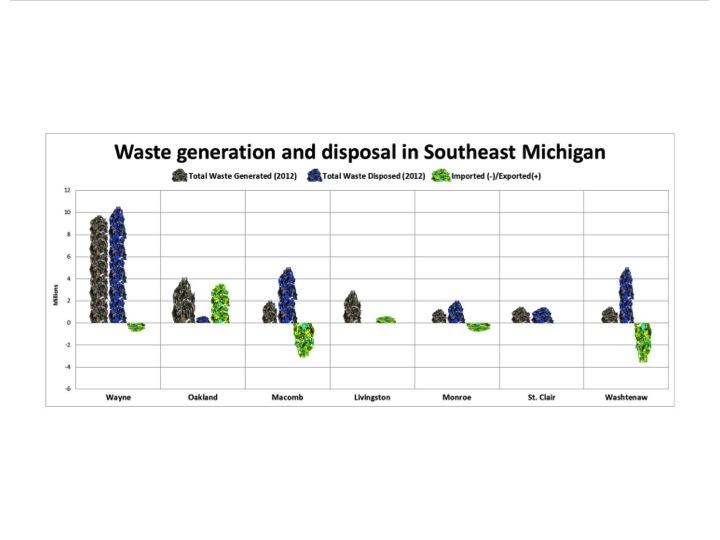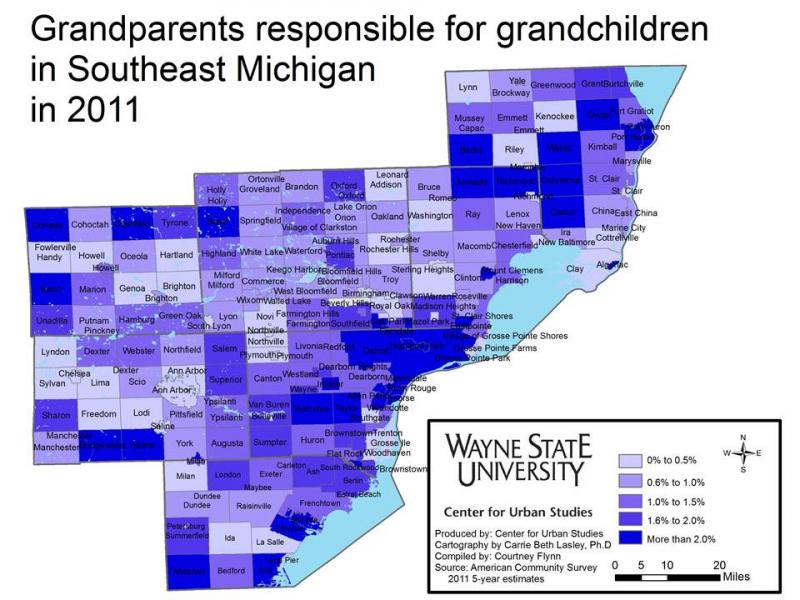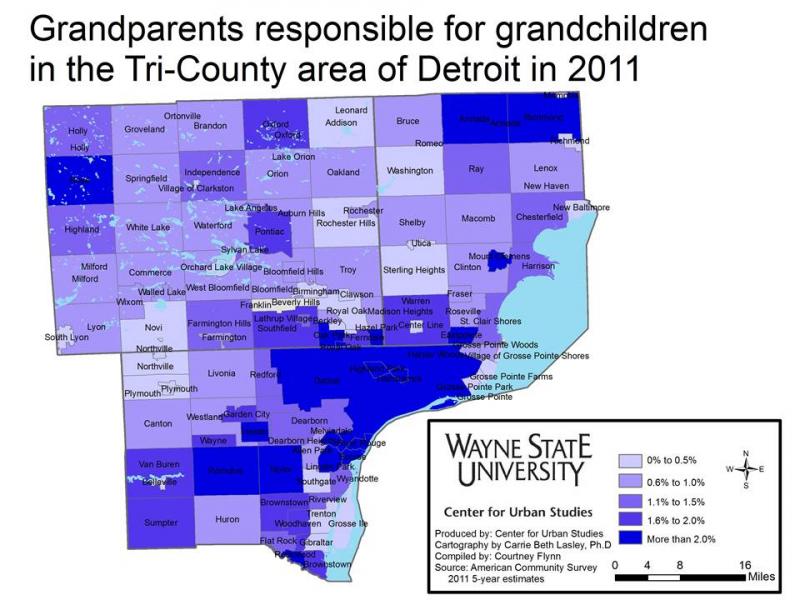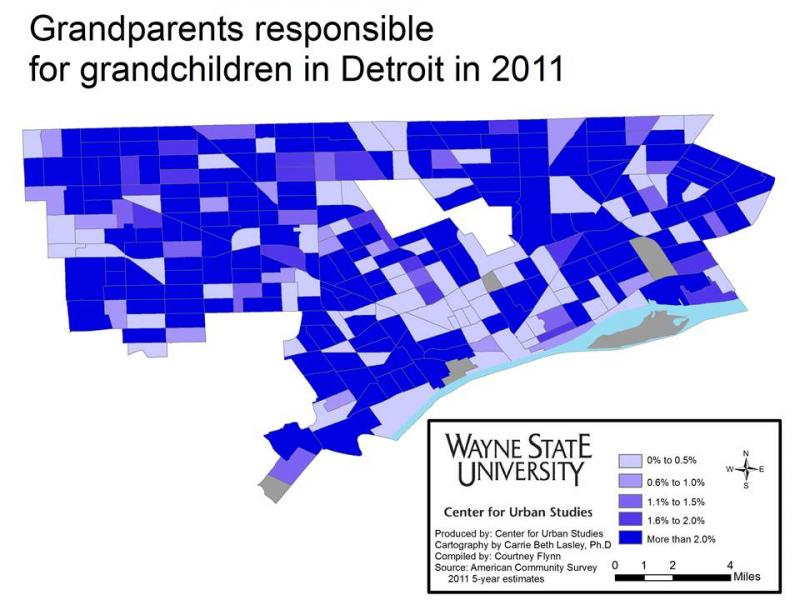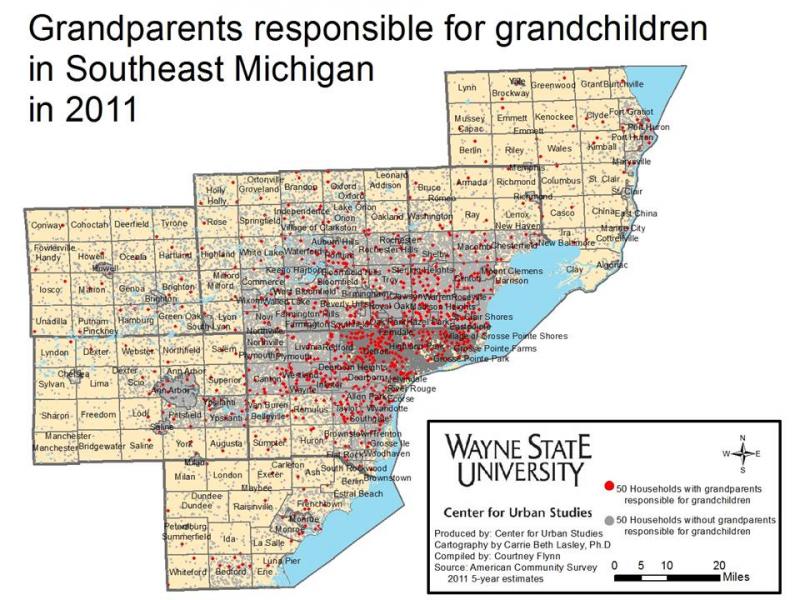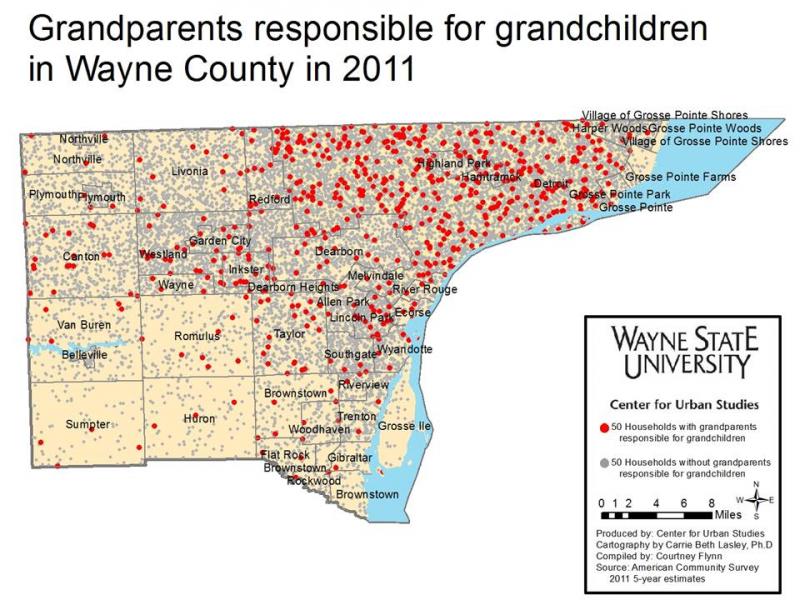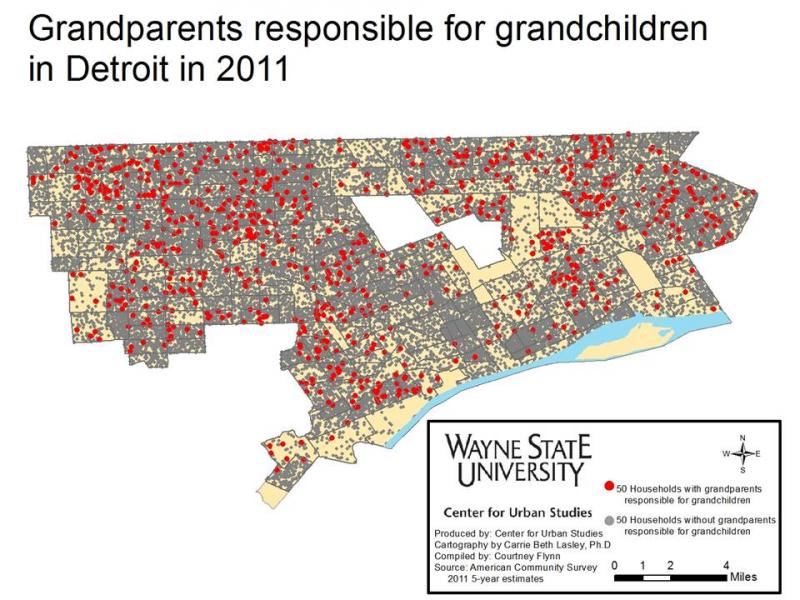According to the most recent data provided by the Michigan Department of Technology, Management and Budget, from December to January the unemployment rate for the State of Michigan decreased from 8.4 to 7.8 percent. The City of Detroit experienced an unemployment rate increase though. In December the rate was recorded at 14.6 percent and in January it was recorded at 15.4 percent.
From December 2013 to January 2014, the number of people employed in the City of Detroit decreased to 285,640 from 289,555 in December, 2013.
The above chart shows the number of people employed in the auto manufacturing industry in the Detroit Metropolitan Statistical Area throughout 2013 and into 2014. During the period under consideration, the highest employment levels in the auto manufacturing and auto parts manufacturing industries occurred in January 2014 when there were 97,800 people employed in the Detroit MSA. That was an increase of 5,800 over the previous month when it was reported there were 92,000 people employed in these industries; this is an increase of 5,800.
The Purchasing Manger’s Index (PMI) is a composite index derived from five indicators of economic activity: new orders, production, employment, supplier deliveries, and inventories. A PMI above 50 means the economy is expanding.
According to the most recent data released on Southeast Michigan’s Purchasing Manager’s Index, there was a decrease of 5 points from January 2014 to February 2014. In February 2014, a PMI of 47.3 was recorded. This was the first time since June 2013 that the PMI dropped below 50. This index is reflective of a “sluggish” economy because the production, new orders, and the raw material inventory indexes all dropped. 
The Commodity Price Index, which is a weighted average of selected commodity prices, was recorded at 55 points in February 2014, which was 1.7 points lower than the previous month. Compared to the PMI, the Commodity Price Index has remained fairly stable since January 2013.
The above charts show the Standard and Poor’s Case-Shiller Home Price Index for the Detroit Metropolitan Statistical Area. The index includes the price for homes that have sold but does not include the price of new home construction, condos, or homes that have been remodeled.
According to the index, the average price of single-family dwellings sold in Metro Detroit was $94,700 in December 203. This was an increase of approximately $14,100 from the average price in December 2012.
While home prices in the area continue to increase, the annual percent change graph above shows that the gap between current home prices and those a year ago is shrinking. 
The above charts show the number of residential building permits obtained each month in Wayne, Oakland, and Macomb counties from January 2013 until February 2014. These numbers are reported by local municipalities to the Southeastern Michigan Council of Governments and include single family units, two family units, attached condos, and multi-family units.
Oakland and Macomb counties experienced a decrease in the number of building permits pulled in February 2014 compared to February 2013; Oakland County experienced a decrease of 30 building permits while Macomb County experienced a more dramatic decrease of 121 building permits. Wayne County, on the other hand, experienced an increase in permits pulled in February of this year (62) compared to February 2013 (30).

